Victory Gardens became popular during the World Wars. People probably associate them the most with World War II, but they got their start during World War I. They were grown in response to many different factors and pressures. Victory gardens were grown around the world and were heavily promoted by various government agencies.
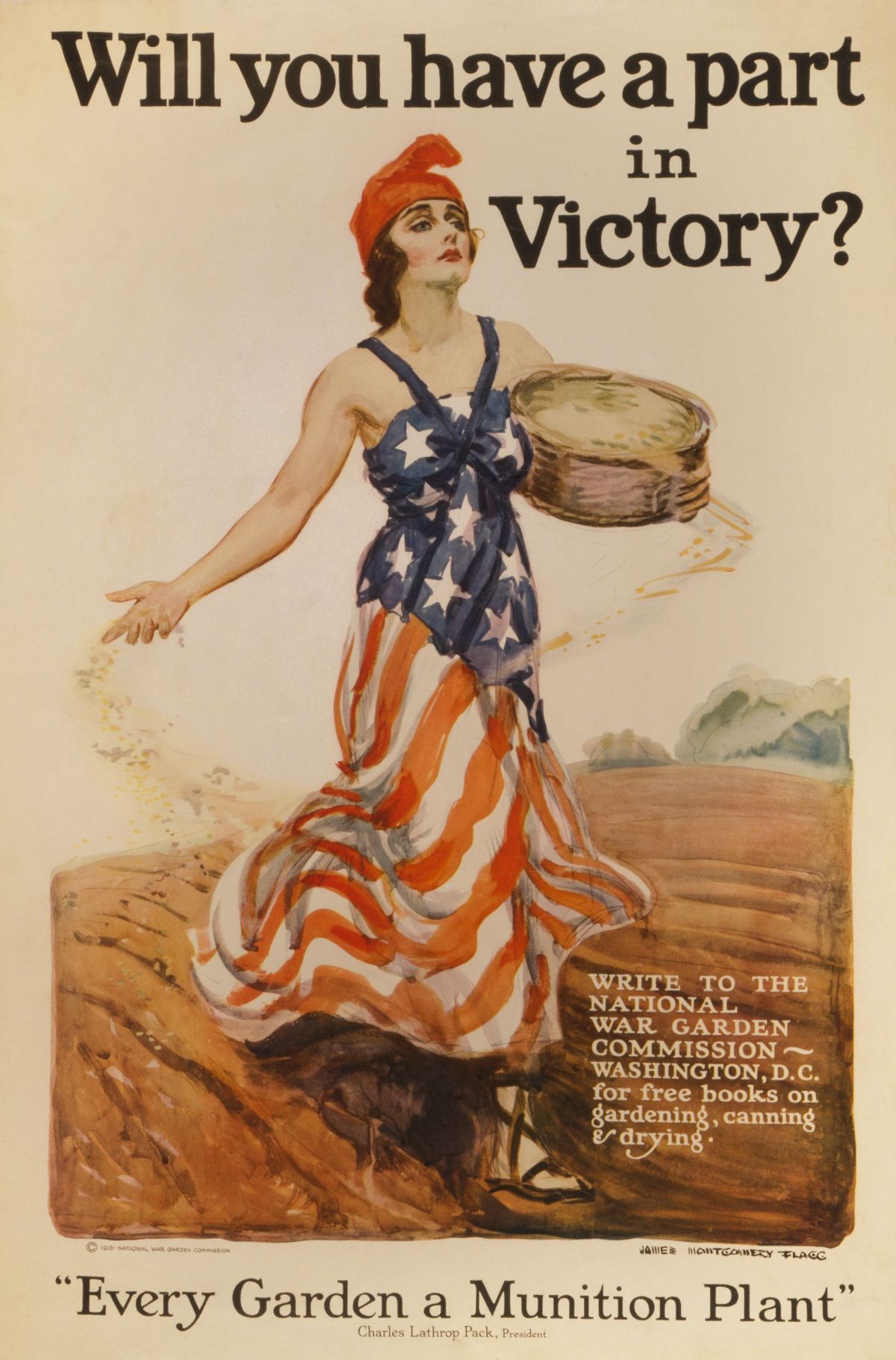
The primary goal of the Victory Garden was to produce more local food for personal consumption or to be shared, bartered, sold, and disbursed without the need for tying up a lot of transport. The objective was to increase overall food production, free up other needs and services, and help alleviate the shortages caused by the wars.
Jump to:
- There Are Still Good Reasons to Grow a Victory Garden
- How Growing a Victory Garden Helps
- 1. Increase Food Supplies and Production
- 2. Send Food Where It’s Needed Most
- 3. Alleviate and Reduce Shipping and Transportation
- 4. Relieve and Reduce Packaging
- 5. Overcoming Worker Shortages
- 6. Supplement Your own Food Supply--Reduce your Reliance on Others
- 7. Save Money
- Is it Hard to Start a Victory Garden?
- Tips for Starting a Victory Garden
- Make Your Victory Garden Your Own
There Are Still Good Reasons to Grow a Victory Garden
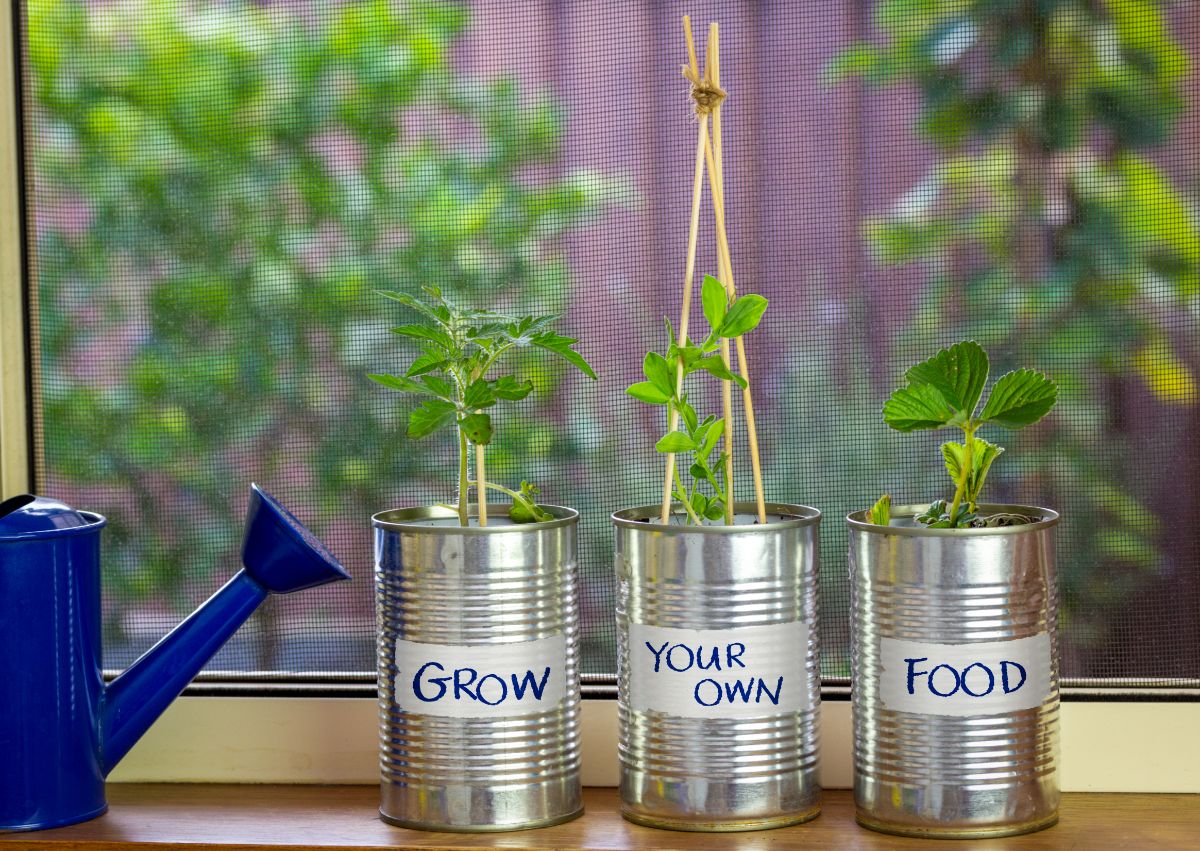
If we think about it for a moment, these goals are not much different from a lot of the needs and experiences of the modern world today. We need to do what we can to overcome food shortages, both at home and abroad. Those may be caused by weather, pandemics, or by conflicts and politics, but those needs exist, just the same.
How Growing a Victory Garden Helps

Following are some reasons to consider growing a Victory Garden of your own. As you read through them, you’re sure to find many parallels to life today. These are the reasons Victory Gardens are still a big benefit.
1. Increase Food Supplies and Production
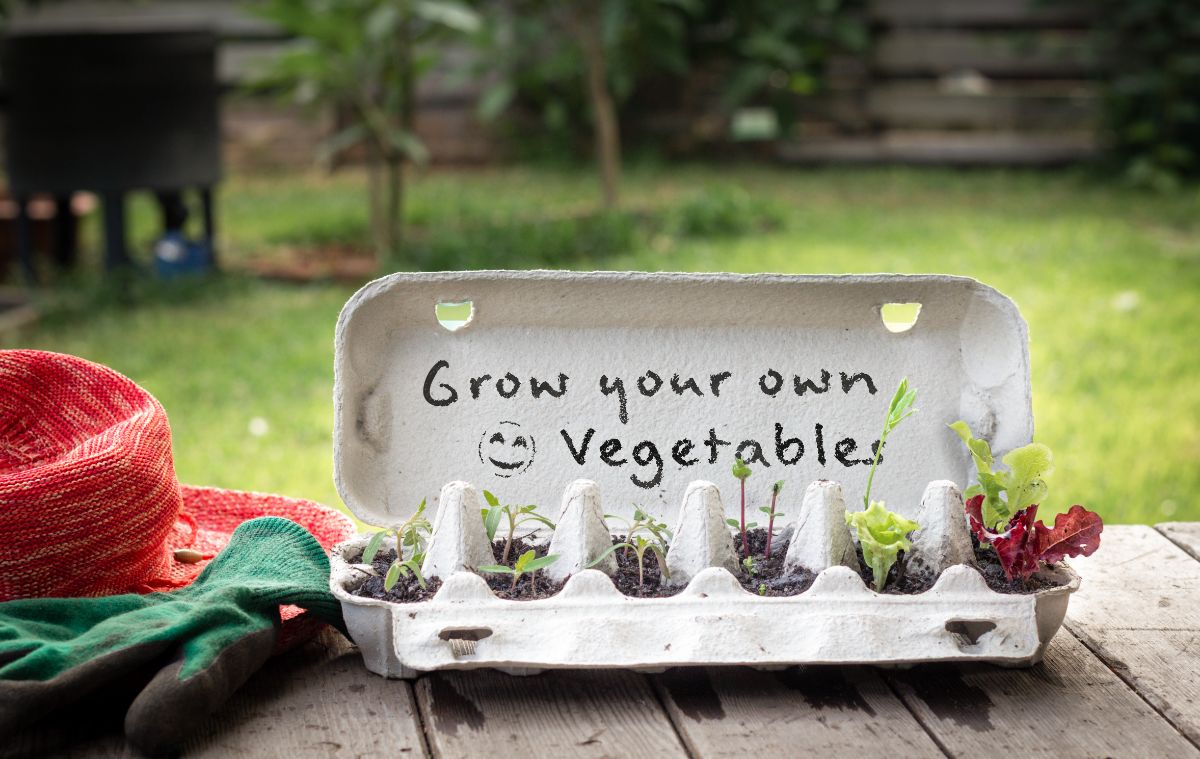
One of the main reasons to grow a victory garden was, and still is, to increase production. This started as an effort to increase the national food supply of a country—the more people who grow their own, the less that needs to be bought out of the commercial food chain.
Many areas of the world have experienced shortages and continue to do so. Some have been caused by drought and wildfires. Others have been caused by shipping and transport, warehousing, and supply chain breakdown. One way to help the supplies catch up, or to lessen the need and demand on that chain, is to take less out of it by growing some or all of your own food.
2. Send Food Where It’s Needed Most
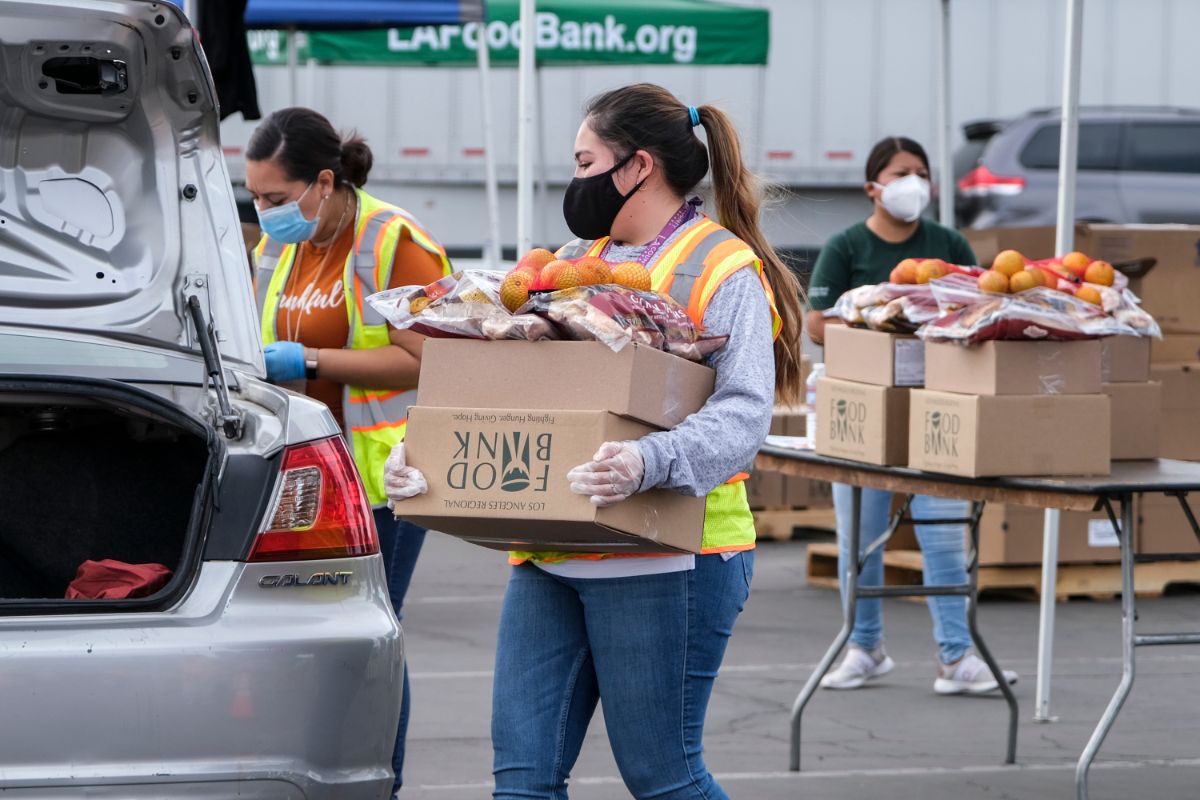
The more food there is, the more it is available to be rerouted where it is needed. For example, additional commercial foods may be rerouted to plants which can produce meals and rations for troops, to be canned in factories to be sent to hungry citizens, or to nations that are suffering due to invasion, bombardment, or natural disasters.
3. Alleviate and Reduce Shipping and Transportation
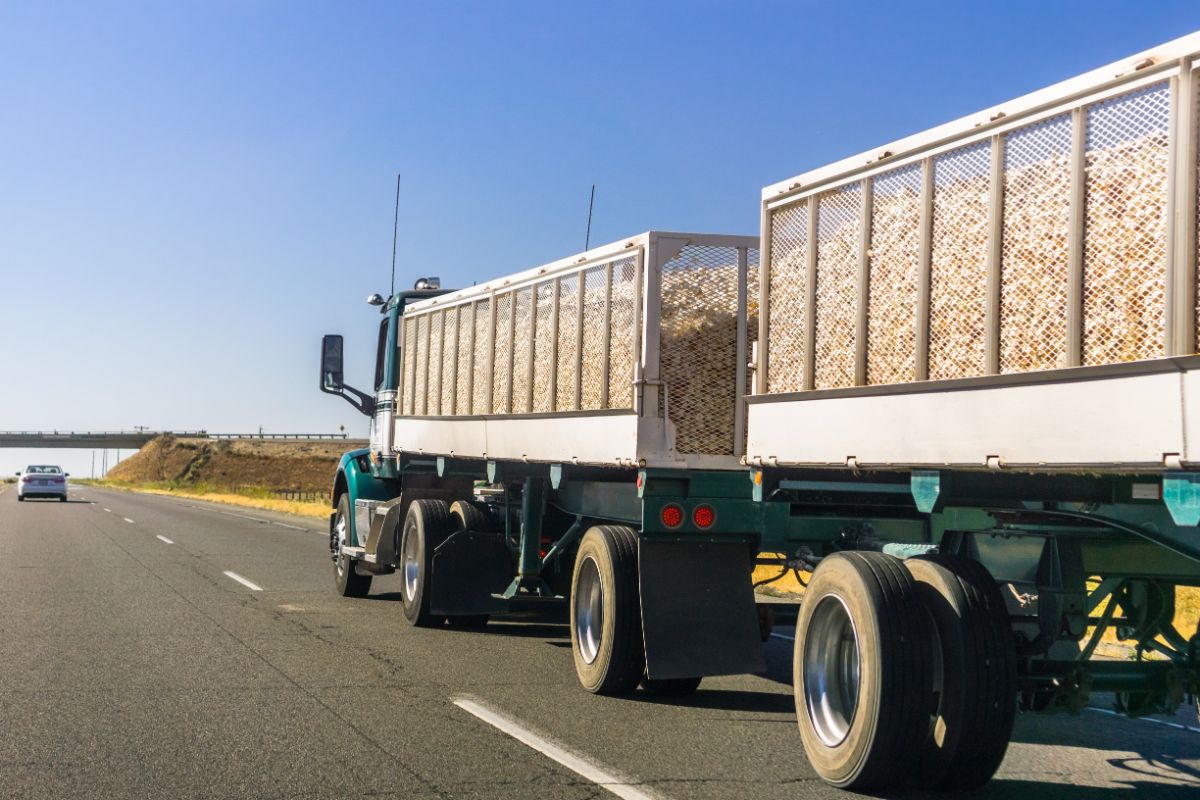
Transportation of food was an issue during the World Wars and is becoming an issue more and more today. There are only so many trains and trucks to go around, and only so many drivers to drive those goods. Sometimes it’s not enough. Transportation is also an issue today because of global climate change, fossil fuel usage, and the need to reduce transportation-related pollution.
Nations may be struggling due to limited shipping, lost merchant vessels and cargoes, lack of manpower to farm and produce their own food, loss of growing supplies, or destroyed crops and fields. By reducing the demand for commercially produced and transported fresh fruits and vegetables, it frees up space in the domestic and international transportation system. This allows governments and manufacturers to prioritize the shipping of goods that cannot be grown or produced by individuals.
4. Relieve and Reduce Packaging
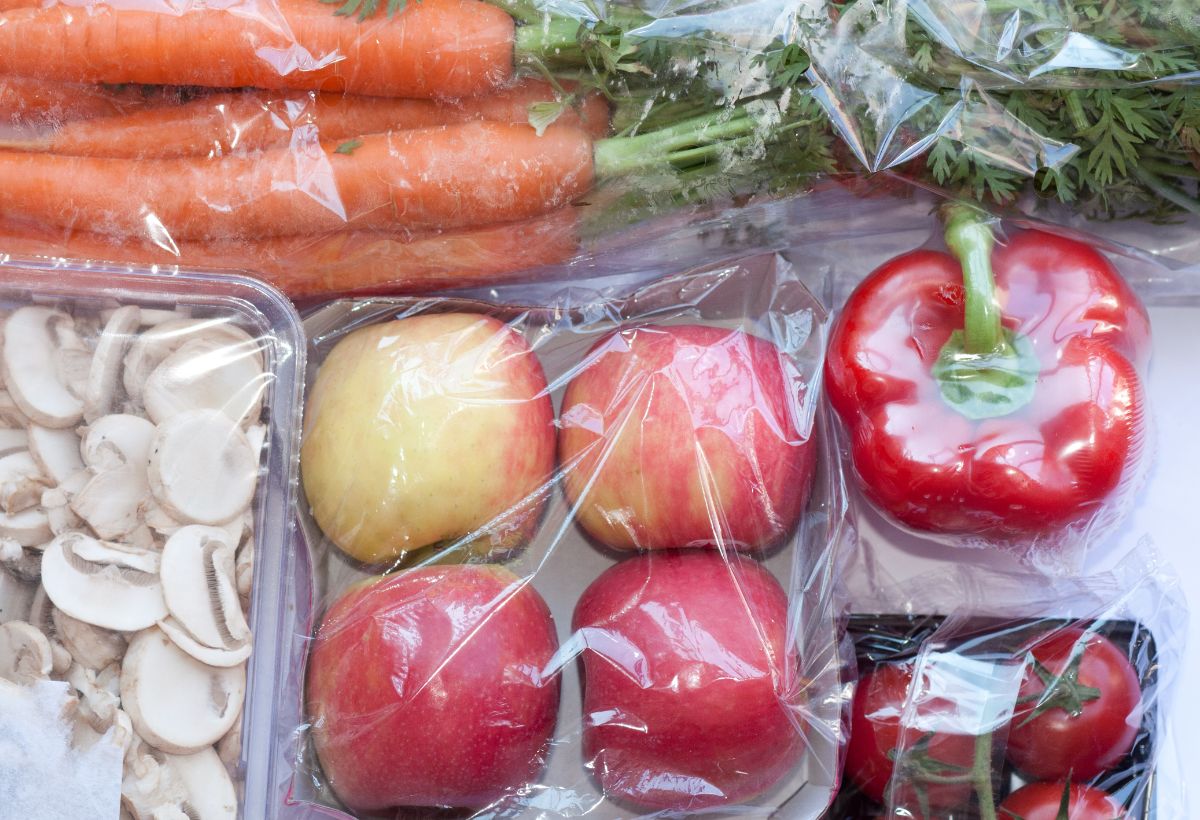
We don’t often think about the raw materials and supplies that go into food packaging. During the World Wars materials like tin for cans was in short supply. These were critical materials that made it possible for shelf-stable goods to get to soldiers and people in war-torn nations. Similar shortages were a result of the recent pandemic.
There is a second modern-day reason to reconsidering the need and demand for packaging, though. Any time a fresh produce product is packaged and shipped there is a material involved. Much of that material becomes waste. Some is recycled, but that, too, comes at a cost of transport, production, and pollution.
When you grow your own food, there is very little packaging needed. Much of what is used can be re-used. It’s a much better, healthier result for our environment, and a much cheaper one, too.
5. Overcoming Worker Shortages
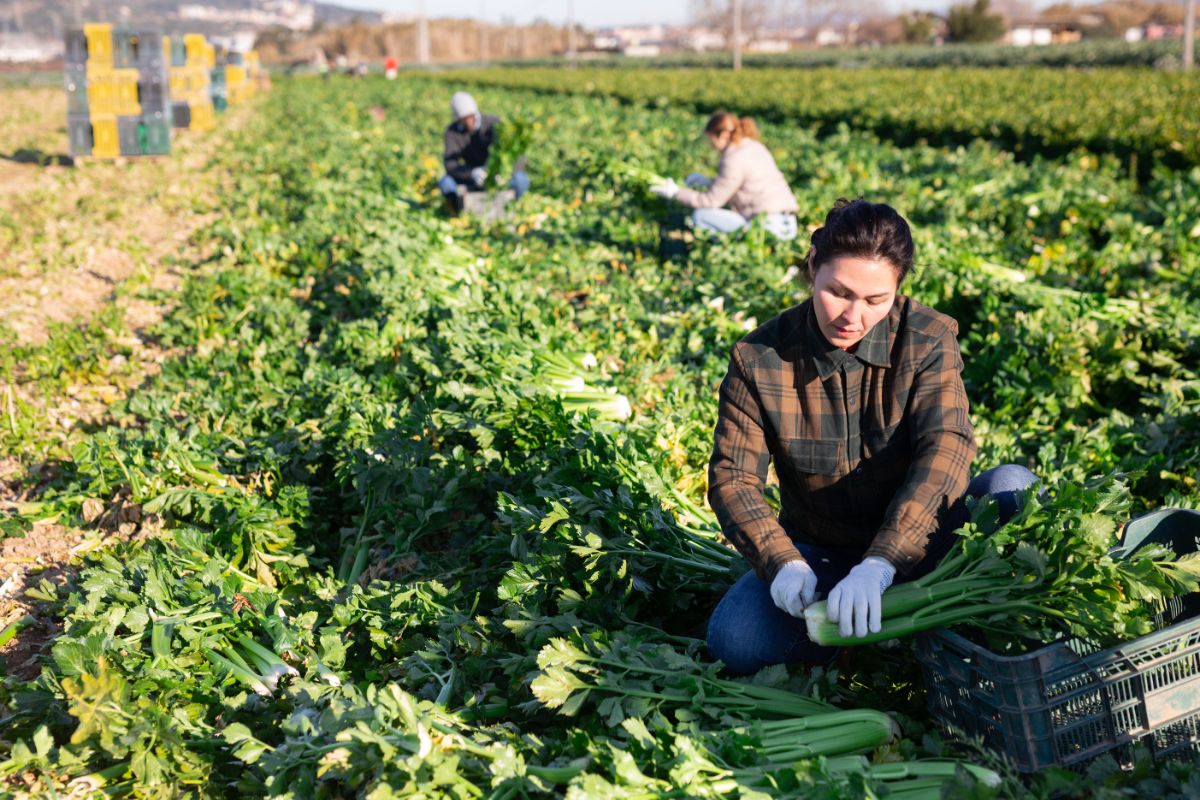
It takes people to produce food. Especially high-quality, nutritious food like fruits and vegetables. During times of war, the workforce was reduced in nearly every country because a lot of the workforce and agricultural workers became soldiers.
Today we see worker shortages for usually different, but equally real reasons. Farming and agriculture are hard work. The pay is not always reflective of just how hard the work is. Jobs go unfilled and undone. Whether it is in growing, processing and production, warehousing, distribution, or transportation, disruptions and shortages of manpower turn into food shortages.
Planting your own food and eating what you grow means there is less pressure on the workforce and production chain. That means that the food that is being produced has more chance of getting into the hands of the people who cannot or do not grow their own. In every society, there is always a portion of the population who is unable to grow their own food. Young, elderly, disabled, urban dwellers...these are just a few of the people who may not be able to grow their own.
6. Supplement Your own Food Supply--Reduce your Reliance on Others
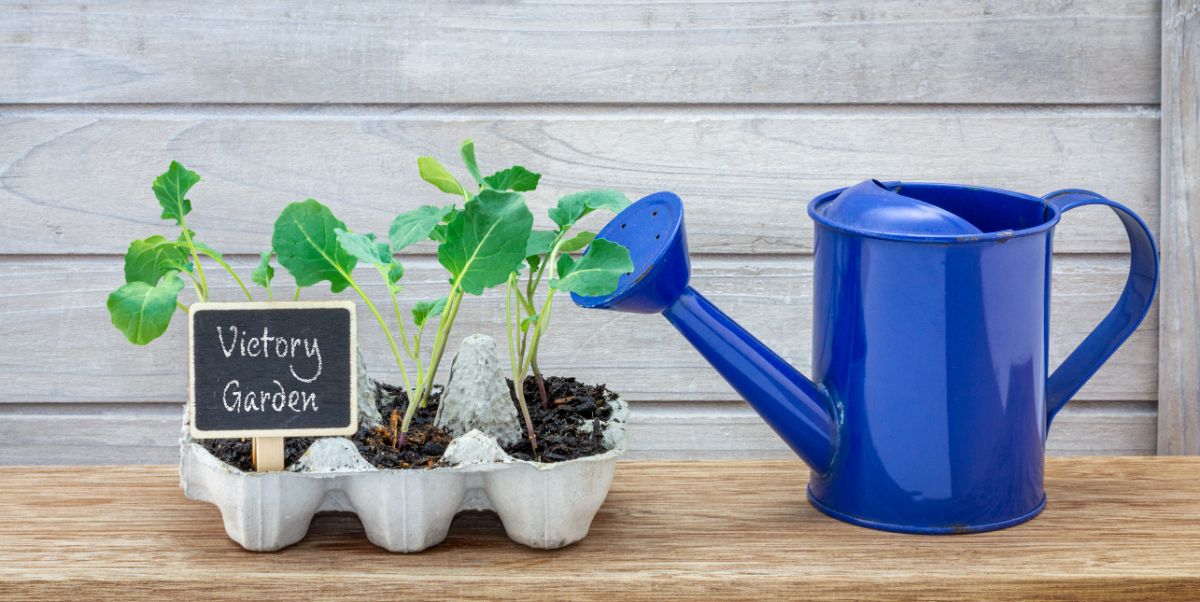
The only way to know there will be food there for you is to make sure there is food there for you. The best way to do that? Grow it yourself!
Don't wait around to see what the season brings. Don’t hedge in an uncertain world and assume that food will be there on the shelves. Make sure you have food on your shelves. Grow it and preserve it yourself.
People did this during the wars both for the sake of their own selves and for the sake of their neighbors and their nations. They could only expect to get so much from their country’s supply. And that often was not enough.
7. Save Money
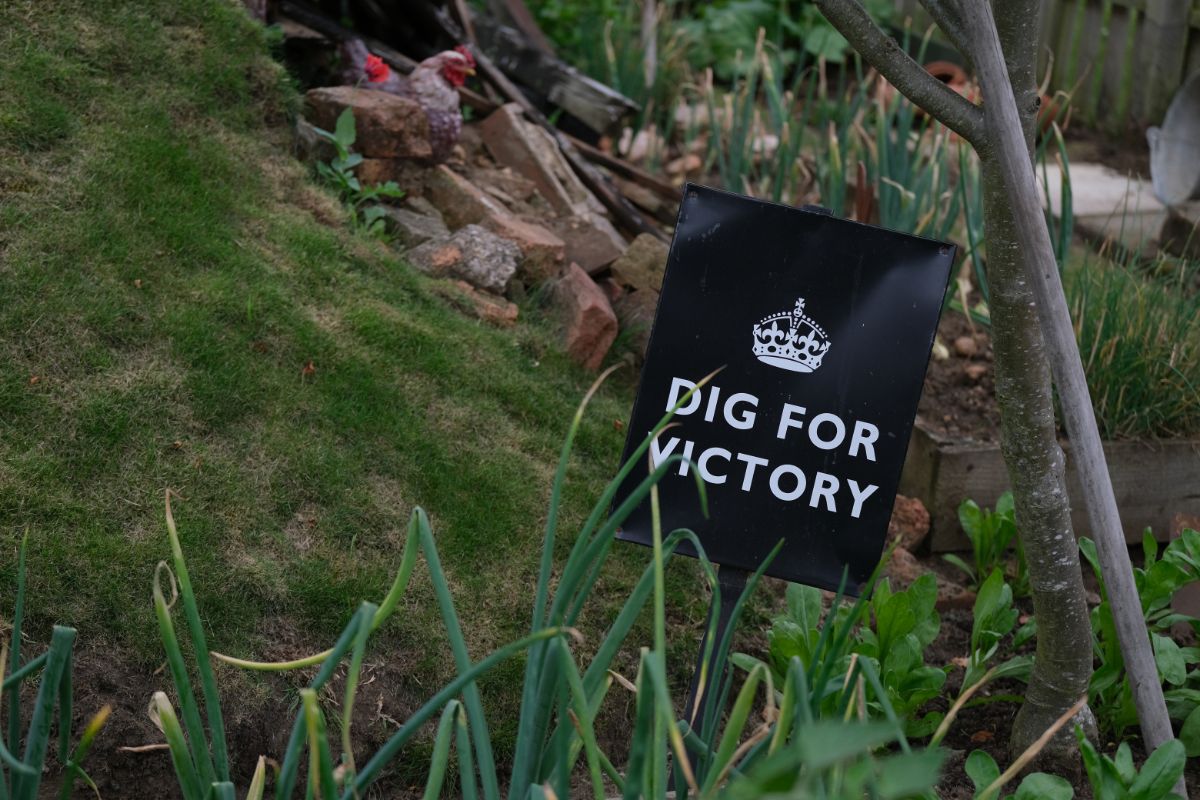
Growing your own food saves money if you plan well and make good use of it. People in past and present war-torn nations do not always have money to spare. Even in thriving nations, meeting a family’s budget is not always that easy.
The cost of home-grown food is more predictable, too. Once it’s growing, you won’t have to worry about the price on the grocery store shelf this week or next.
The cost savings and sheer scale of Victory Garden production during World War II was impressive. In just one example of just one state in the U.S., the State of Illinois estimated that there were 1.5 million Victory Gardens by the end of the war. According to the state archives, “The estimated market value of the home grown and home processed produce for 1942 alone was $52,000,000.” That was not even the peak of Victory Garden growing.
The Smithsonian Libraries report that about half of all American families planted a Victory Garden during WWII. Before the end of the war, at least 40% of U.S. produce was grown in Victory Gardens.
Now consider, these figures were just in the United States! Victory Gardens in various forms existed all over the world. In nations that relied on shipping and imports, like the UK, they were a means of subsistence, not just a patriotic duty.
If that is the potential of just one state and one nation, what could a whole world of Victory Gardens do? How many of the world’s problems could we solve if more of us just, gardened?
Is it Hard to Start a Victory Garden?
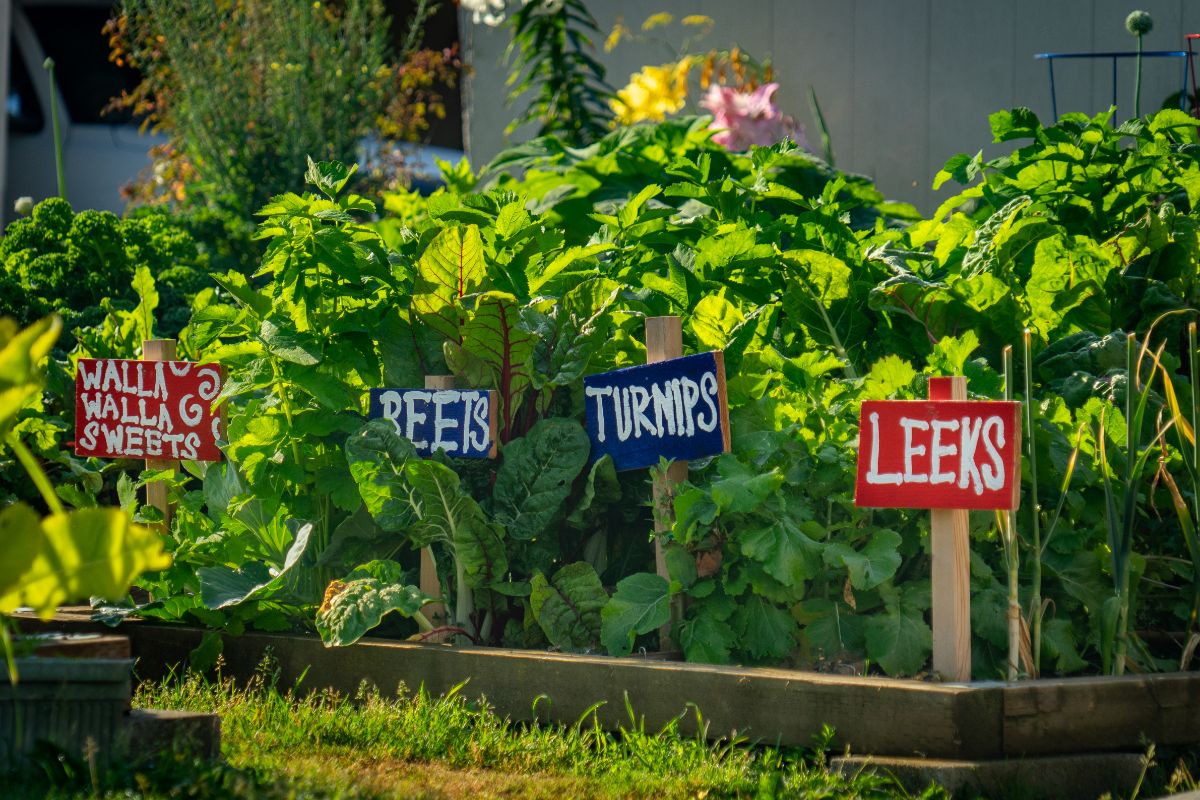
Now that you’re convinced, you might be wondering—is growing a Victory Garden hard? Is this something you could really do?
Truth be told, there isn’t much difference between a “Victory Garden” and a “normal” garden. That means it isn’t any more difficult to grow a Victory Garden than it is to grow a vegetable garden.
There are a few key features that set a traditional Victory Garden apart:
- The focus is on food, not flowers and frills.
- There is a greater emphasis on the Victory Garden during times of local, national, or international stress.
- The point of a Victory Garden is to provide at least a portion of your own food, thereby relieving some of the pressure on the regular food supply chain.
Aside from the motivations, the process of gardening itself is certainly not any different. Some people would argue that the size of your garden and the varieties that you grow changes, and that may be true, but it does not have to be.
A good set of gardening resources, a little thought and planning, and you’re all set. In fact, it might be easier to start a Victory Garden today than it was a century ago, because there are so many excellent information and supply resources available to you online.
Tips for Starting a Victory Garden

Are you asking yourself the question, “How can I start a victory garden?”
Here are some tips for getting started:
- Start with started vegetable transplants from a local farm and garden store.
This will make planting easier but will also ensure that your plants have enough time to grow in the length of your season. Common vegetable transplants include broccoli, cauliflower, kale, cabbage, tomatoes, peppers, and cucumbers (though cucumbers, pumpkins, and squash are often just as easy to start from seed in the ground). - Direct-sow crops that can’t be started from transplants, and those that don’t transplant well.
(Direct sow means you plant the seeds directly in the ground, instead of buying seedlings or starting them inside to transplant.) This also includes things that are just easier to plant directly in the ground, as long as your season is long enough. These will primarily be your root crops like carrots, beets, peas, beans, turnip, parsnips, radishes, and corn; lettuce, spinach, and greens are easy to direct sow, too, but may also be started from transplants. - Be realistic in your planning, especially if you have never grown a garden before.
Prioritize the crops you grow according to your time, space, and gardening ability. - Think about the types of vegetables your family likes to eat.
What do you use a lot of? Start with those crops. You’ll make the biggest impact, maximize use, and enjoy your garden the most if you grow what you like. - Grow vegetables you can’t find locally. (If appropriate to grow in your area.)
What vegetables are hard to get where you live? What do you see shortages of? - Grow vegetables that are shipped from far away.
What vegetables must be shipped a long distance to get into your local store? Can you grow that instead? Why make your lettuce travel 3,000 miles when it so easy to grow yourself—almost for free? - Decide if you are growing for fresh, for preserving, or both.
Are you only interested in growing for in-season fresh eating or do you want to preserve your harvests for consuming in the winter? - If you decide to grow food to preserve, do you have the ability to preserve it?
Do you know how to freeze, dry, or can or jar that food? Would you like to learn? If the answer is “no,” then reassess how much and what types of crops you need to plant. No one needs 10 tomato plants for just summer eating. - Plant crops that will have a fast return. In the first year of your Victory Garden, focus on the basics and the easier crops like lettuce, greens, broccoli, cabbage, cucumbers, tomatoes, carrots and root crops.
- Plan later for longer-term producers.
Fruit and berries and perennial crops like rhubarb and asparagus take time to establish. These crops will not yield a harvest in the first year, and some may take two to three years to produce.
You may want to start these in your first year or two of gardening if you are committed to the long term so you see a return in the next year or two; or you may want to wait a year to see how your gardening season goes so you don’t feel overwhelmed. It’s perfectly fine to add as you go and as your confidence and experience increases. Don’t feel it all has to happen all at once.
Make Your Victory Garden Your Own
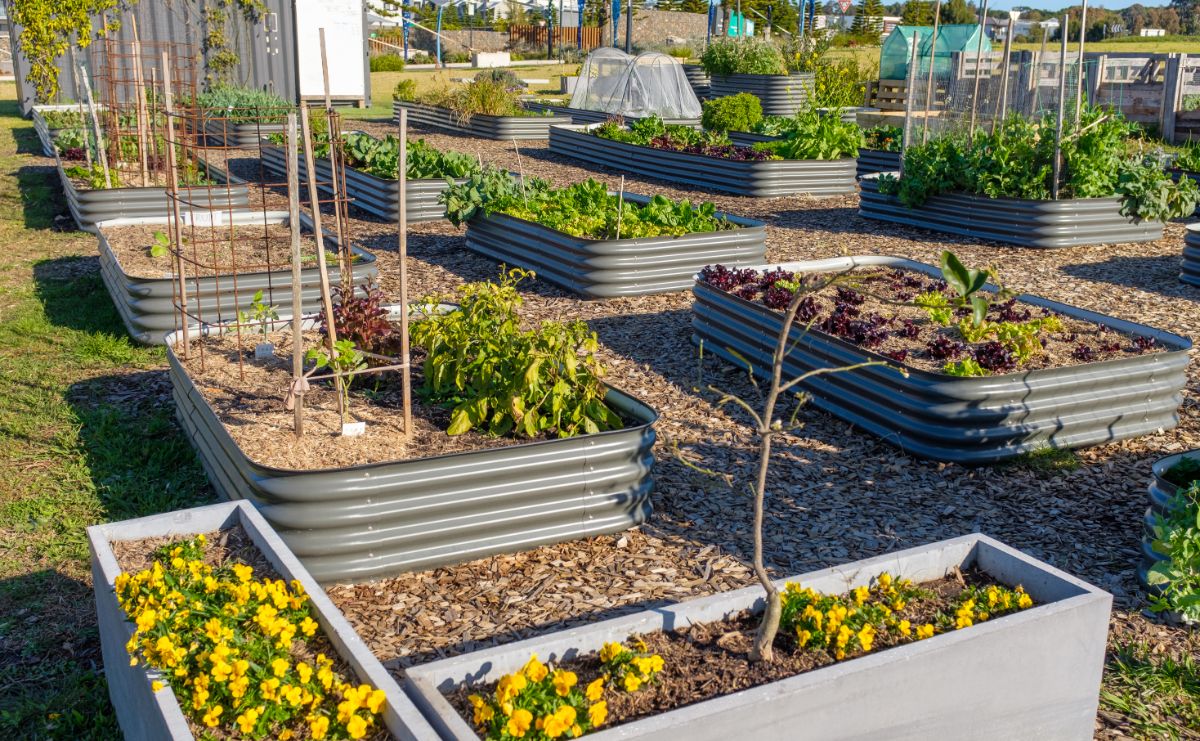
Remember that your Victory Garden is yours. Though the plans and guidelines that are out there are helpful, don’t feel that you are obligated to them. After all, if you don’t like eggplant, why grow eggplant?
Your personal Victory Garden can be as large or as small as you want it to be. You can grow one crop, or you can grow 20. Any food that you grow yourself, even if it is just five heads of lettuce, is that much less that needs to be grown and transported from somewhere else. Whatever you decide to grow and use, you are making a difference, for the better.
Gardening should be a labor of love. It should be one that rewards you, too, and helps you to meet the goals of your garden—the very reason that you started your Victory Garden to begin with.

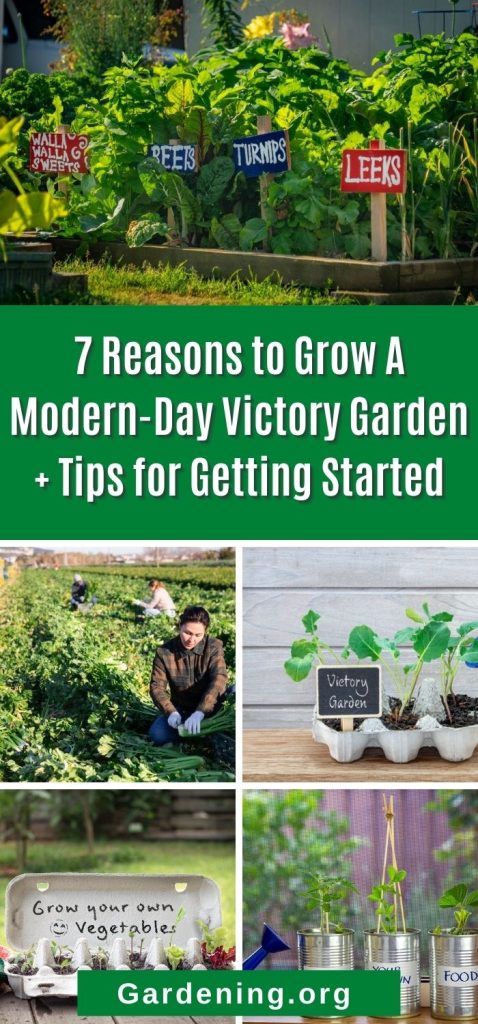

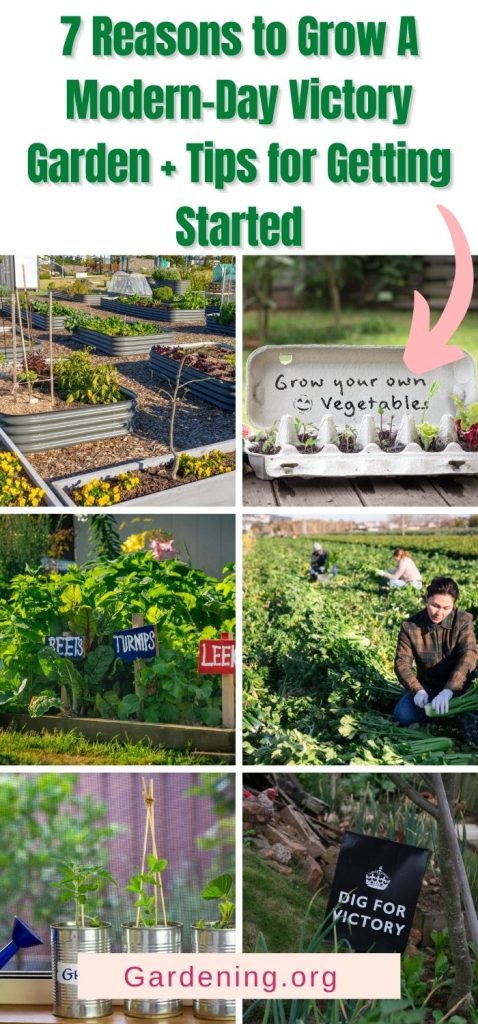

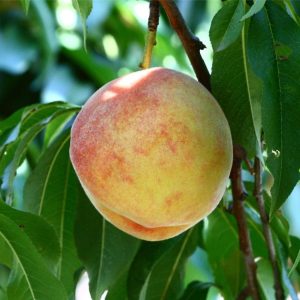



Mike Cushing
This looks like a good idea. I will plant a garden immediately when it gets warm.